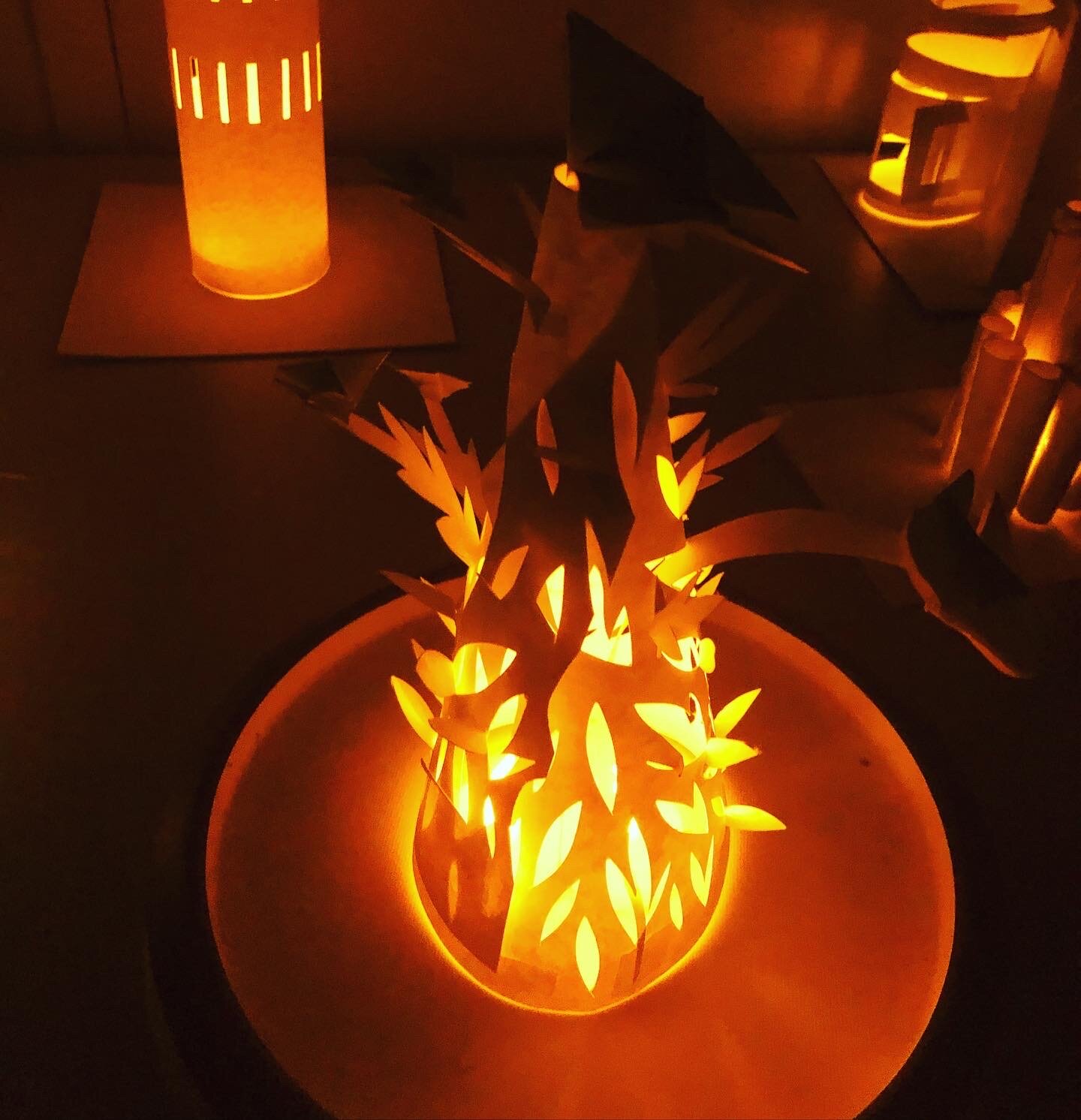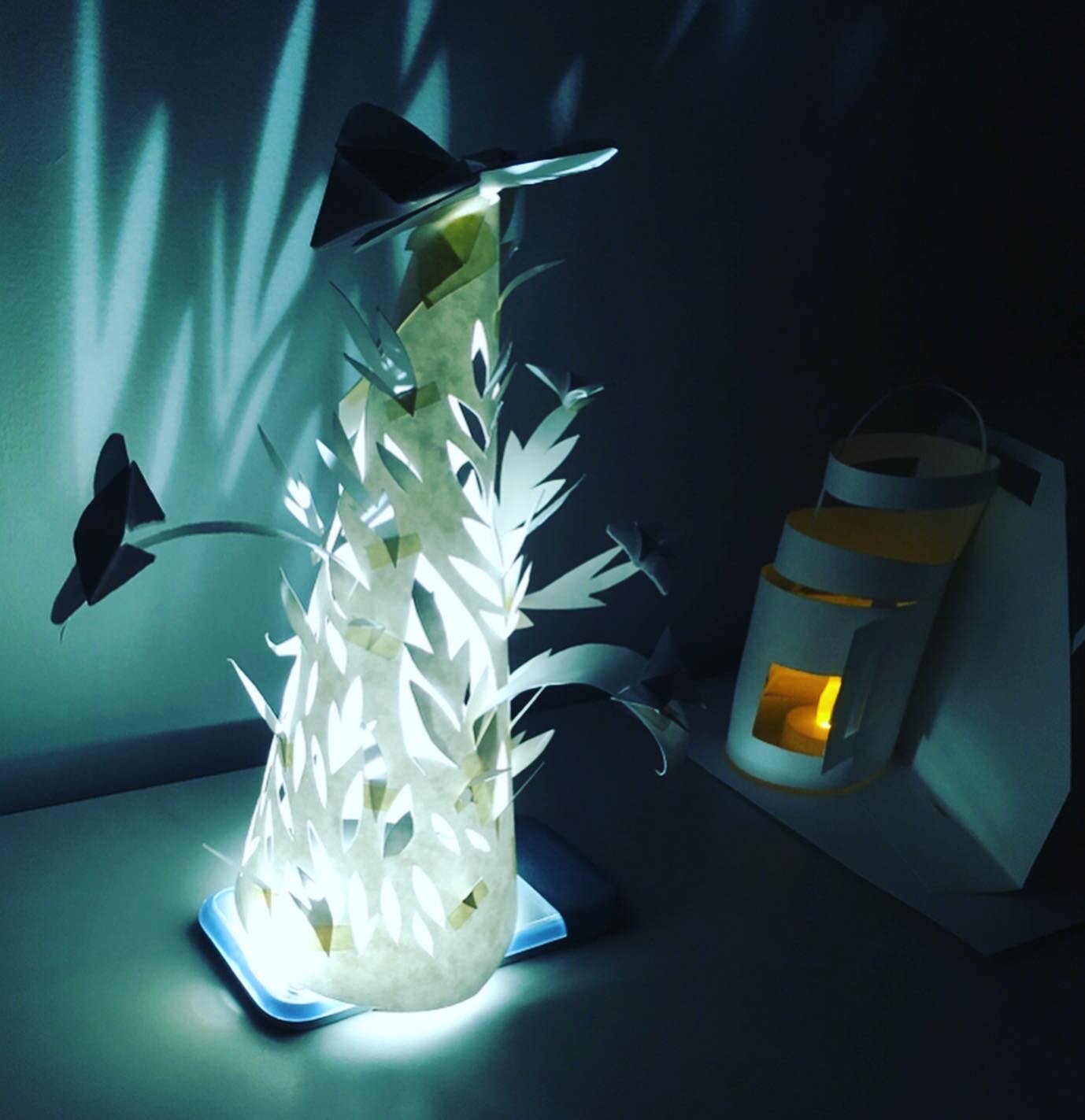“Without struggle there is no progress”
Here is a big ink drawing I did for my drawing class (undergrad) that I’m coloring with pastels. The subject of the drawing is grapes which is common in classical drawing and paintings.
The Art Room
For a long time, the art room was known as the room where children learned to create. However, teaching arts was grounded on principles that "we must learn from the “masters” before we become “masters” ourselves. This principle has been instilled in us since the founding of art schools during the Renaissance which also gave us the apprenticeship system as well. This is especially true for schools and programs that focus on classical traditional fine arts.
I had one art teacher that told me that I would not become an artist until I hit middle age because that would give me the time to become a master. This is a rigid definition of what an artist is and not one I pass on to my own students.
This model has left some children feeling like the art room is another academic space rather than a space to explore and just create. Art includes a wide range of experiences including art processes, aesthetics, and visual literacy. So, an art room can have a makerspace component to it, but it is not always the focus of a particular lesson or a reflection of a teacher’s philosophy.
“Many educators are unaware of — or don’t trust — the methodology or process of children learning without being directly and explicitly told what it is they are supposed to be learning.”
Project I had the children in a Harlem Shelter do: College from scrape paper the meaning of their name.
The Craft Room
Craft rooms have a reputation as a hobby room. Often they are considered below classical art by some in the art community, even though crafts been around just as long. Craft based classes and a craft mentality serves as a bridge between traditional art rooms and contemporary makerspace rooms.
Many of the crafts I’ve learned have been taught to me at an early age by members of my own family made up of Italian immigrants. My great grandmother earned money through crafts: making lace, embroidery, sewing, knitting, and crocheting. The men like my grandfather used his carpentry skills to support his growing family. All of these skills were passed down to some of the grandchildren, including me.
I myself love to do paper crafts and make handmade greeting cards and calendars. My carpentry skill has mostly been used to fix things around the house. I would love to get back into fibers and start sewing & embroidering again.
Although the Guild system of the middle ages emphasized fine craftsmanship, the focus was on the medium and the process and not on craftsmen as artists. Thus, the craft room feels more inviting and safer for exploration rather than the art room. Craft communities are also more open to sharing their methods and knowledge more often than other areas of the art community. Through social media there are more DIY craft videos allowing more people to enjoy making (and creating their own craft space") then just learners in a classroom. This has enlarged the crafting community to homemakers and self-taught artisans.
“Learning is social and the classroom should be a social environment where ideas and knowledge are constructed and shared as a community could be the mantra of any modern-day makerspace and for age groups”



The Makerspace
The makerspace is a new term and a space that focuses on creating i.e. “making” in multiple fields. It is not necessarily linked to art, though its focus is linked to the design research principle.
Makerspaces use tools and supplies that are found in an art room as well as incorporating new things, like technology. It focuses on free exploration rather than directed (step by step) lesson plans.
During our art integration class, we were asked to create a paper sculpture. It was only later that we were asked to add light. I tried multiple lights from my cellphone to tea lights to get the best effect. The teacher provided us with a list of forms that can be made from paper. He also instructed us to add light.
The arts integration was based on free exploration. It was during exploration that one makes a connection to other subjects, like language, math, science, and social studies. Successful art integration necessitates a makerspace that allows for students to do the work and learn from it without being so dependent on specific instructions. The teacher then becomes the “bone” of the assignment/lesson, not the “flesh”.
“The makerspace attracts those kinds of teachers willing to take a risk in teaching old content in a new way.”



